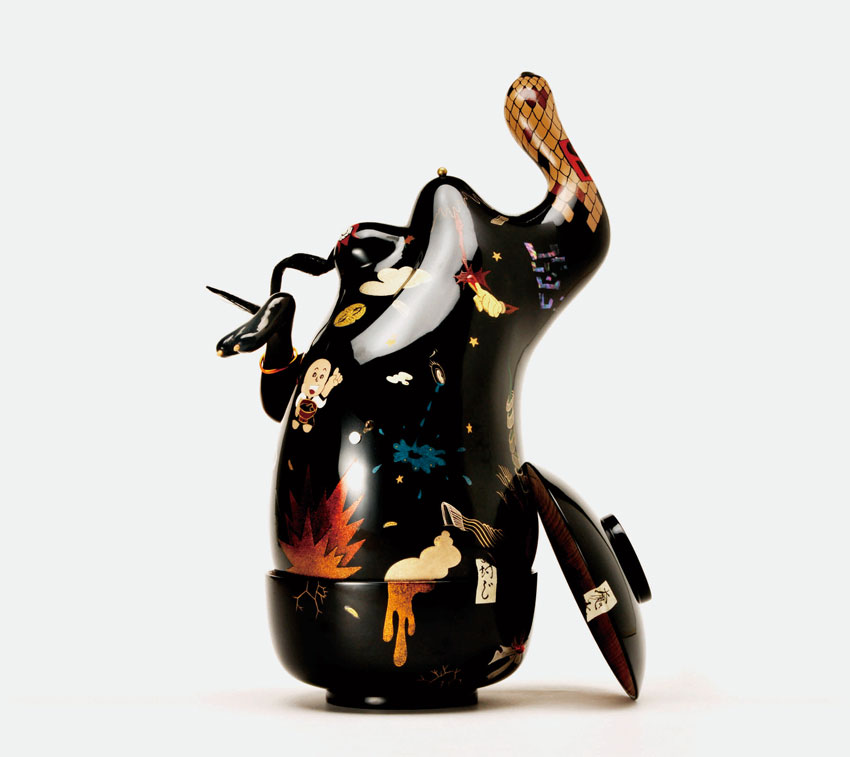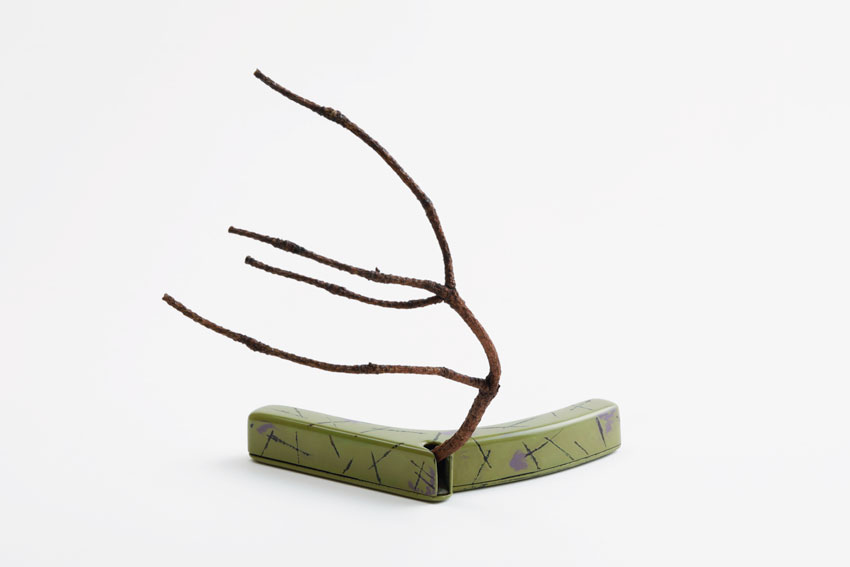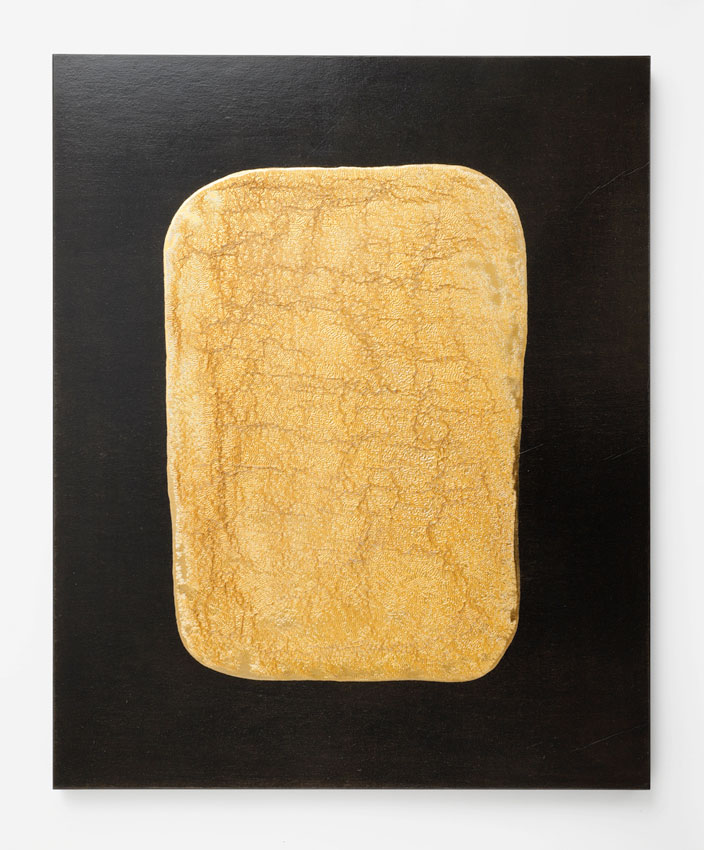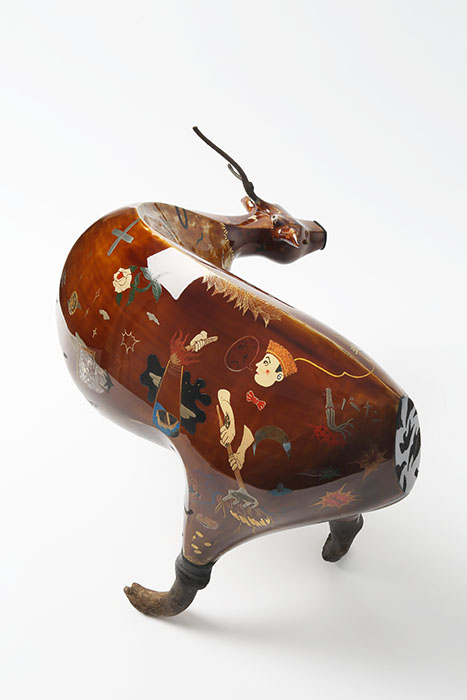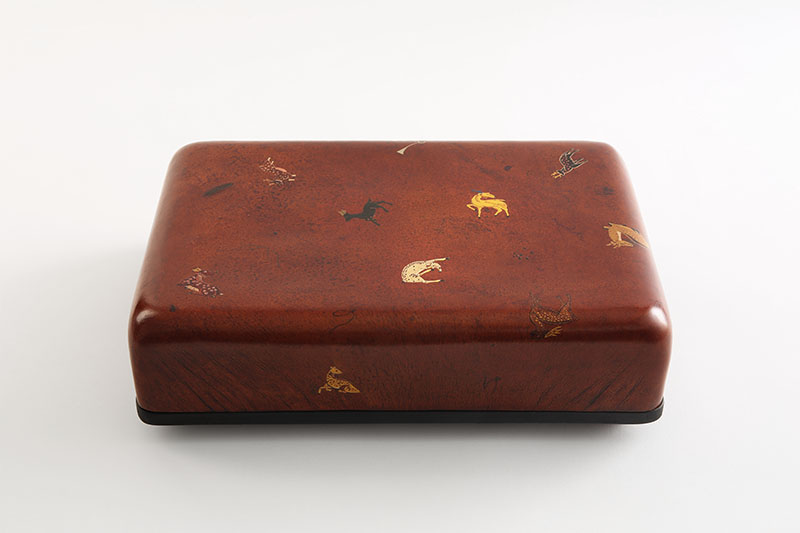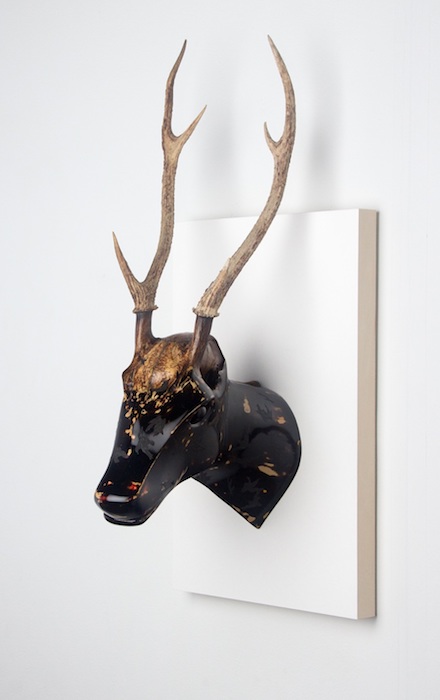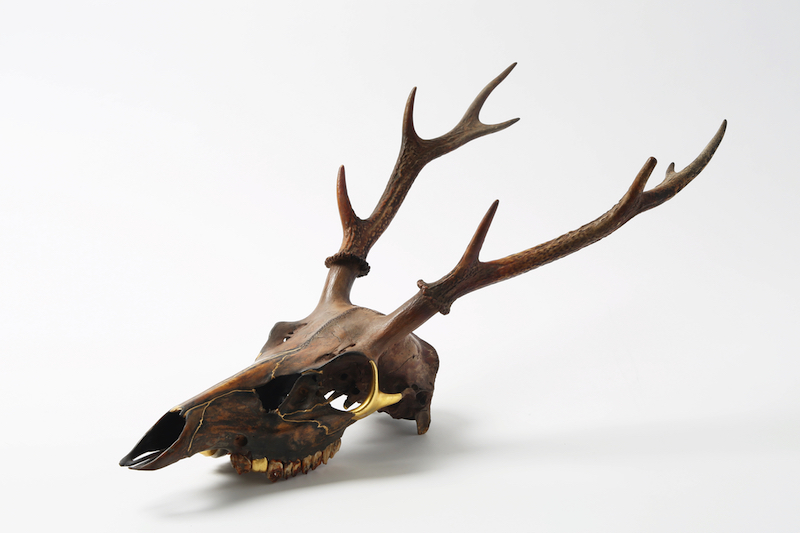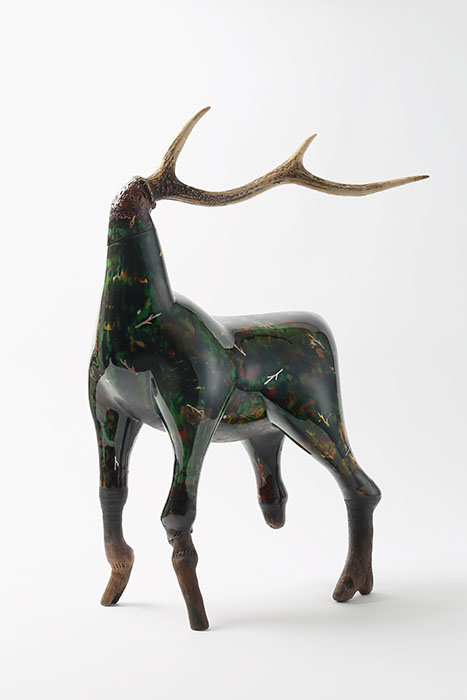Present Part-time lecturer, Kyoto University of Art & Design
2014 Ph.D. Kyoto City University of Arts
2008 M.F.A. Kyoto City University of Arts
2007 B.F.A., Kyoto City University of Arts
1990-84 Live in Indonesia
Solo Exhibitions
2020 Display, Mitsukoshi Contemporary Gallery, Tokyo
2018 Unshapen Play, Imura Art, Kyoto
Rainy Holes, Nakamuraya Salon Museum of Art, Tokyo
2016 Showcase gallery 2018, Yokohama Civic Art Gallery Azamino, Kanagawa
2014 Masticated Decoration II, Imura Art, Tokyo (’13)
2011 Heritage of S Exhibition, Gallery Keifu, Kyoto
2009 OKEMONO, Imura Art Gallery, Kyoto
2008 Heritage of S, Gallery KEIFU, Kyoto
Group Exhibitions
2021 The Power of Origin, The Japan Folk Crafts Museum, Osaka
Yambaru Art Festival 2019-2020, Okinawa (’19)
Art Collaboration Kyoto[Beyond Kyoto], Tea Ceremony House Hoshoan, Kyoto International Conference Center, Kyoto
2020 Full of Patterns and Designs, The Museum of Modern Art, Wakayama
Takashimaya, Nihonbashi Tokyo, Namba Osaka, Kyoto (’19)
Sapporo International Art Festival 2020, Hokkaido Museum of Modern Art
2018 Daikokuya Exhibition, Itamuro Onsen Daikokuya, Tochigi
Urushi no Genzai (Japanese Lacquer at Present), Nihonbashi Mitsukoshi, Tokyo
2017 Hard Bodies: Contemporary Japanese Lacquer Sculpture, Minneapolis Institute of Art, U.S.A.
Mitate and Imagination: Homage to Rikyu and Duchamp, Former Junpu Elementary School, Kyoto
Three Persons Exhibition by Someya Satoshi, Nakano Yusuke, Paramodel Nakamura Kyoko, Finch Art, Kyoto
IMAYO: Connection Past and Present, The Shoto Museum of Art, Tokyo
WONDERS vol.1, Paper, Ceramic, Lacquer, MINA-TO Spiral, Tokyo
2016 5 rooms, Kanagawa Prefectural Gallery
IMAYO: JAPAN'S NEW TRADITIONISTS, UH Mānoa Art Gallery / Honolulu Museum of Art
ART SETOUCHI - Autumn, Kakami Island, Kagawa (by app artds studio)
2015 KINPA is POP, POP is RINPA: Artistic Practices, AFT 2015 Exhibition, Tokyo International Forum, Tokyo
10th Tokyo Art Fair 2015, Tokyo
Dialogue with Materials: Contemporary Japanese Arts an Crafts, Anadolu University, Eskisehir, Turkey
2014 Dialogue with Materials: Contemporary Japanese Arts an Crafts, Ahmed Adnen Saygun Sanat Merkezi, Izmir, Turkey
2013 Introducing Contemporary Lacquer, Keiko Art International
2012 Kyoto Arts and Crafts Biennale, The Museum of Kyoto, Kyoto
2011 SIPANGU, Takashimaya, Tokyo and Osaka
Pop Pop Pop, The museum of Modern Art, Yakayama, Yakayama
ZIPANG, Nihonbashi Takashimaya, Osaka Takashimaya, Kyoto Takashimaya
The New Form of Japanese Laquer, Itami Craft Center, Hyogo
Aizu Urushi Festival, Yamatogawa Shuzo Brewery, Fukushima
2010 Art Osaka
Echigo Tsumari Art Field, 2010
UEBA Kasumi x SOMEYA Satoshi, Gallery Keifu, Kyoto
2009 The Power of Decoration – A View Point on Contemporary Kogei, The National Museum of Modern Art, Tokyo
Contemporary Japanese Lacquer, KEIKO Gallery, MA
SOFA New York
s/s PROJECT. 001, Canary Production Gallery, Kyoto
From Home to the Museum: Tanaka Tsuneko, The Museum of Modern Art, Wakayama
2008 SOFA Chicago
2007 ART RAINBOW PROJECT, Kunsthalle Rostock, Germany
2006 ANDO×SOMEYA Exhibition, Ishida Taiseisya Hall, Kyoto
Awards
2015 New Artist Award, Kyoto City Prize for Young Artists
2009 Umehara Award, Doctor Thesis, Kyoto University of Arts
2009 Mayer’s Award, Kyoto University of Arts Annual Exhibition
Collections/ Public Art
Minneapolis Institute of Arts, MN
Kyoto City University of Arts, Kyoto
The Museum of Modern Art, Wakayama
Hotel Okura Macau, Macau, China
Fukushima Museum, Fukushima
KUNSTHALL ROSTOCK, Germany
Creating a subtle harmony between traditional lacquer and modern pop art, Someya Satoshi is garnering attention as a young artist in the field of figurative sculpture. In the present day, the border between crafts and fine art has become blurred, and more and more artists are attempting to express themselves using the materials of modern life. Yet despite this, some people still use lacquer. Compared to other materials, it is difficult, and especially very slow to work with , so why use it? When this question was put to Someya Satoshi, he answered simply: “If I didn’t find the result attractive, I probably wouldn’t use lacquer.” While, if engaged only on the surface level, Someya’s creations are certainly pleasing to the eye, careful observation will reveal greater depths. In material terms, Someya unites playful decoration with the traditional artistry and craft of lacquer, just as conceptually he unites pop culture with ancient aesthetics (many of Someya’s works are representative of a generation raised on animation).
Using a technique called Dakkanshitsu-- a traditional technique widely used in the creation of Buddha statues which allows great freedom in creating form--he creates the main part of the figure this is. First a mold in the desired shape is created, and hemp cloth is attached to the surface, and layers of lacquer are applied until it is strong, finally, the mold is removed.
Someya’s pieces are decorated, in what appears to be an almost casual manner, with mother-of-pearl, foil, graffiti, and marks like tattoos, however, in the course of observing his artwork; the combination of the striking decorations with the unique material of lacquer, the viewer will find themselves moving from interest to fascination. To employ advanced techniques without making a show of virtuosity is a hallmark of Japan’s traditional craft culture. Someya’s works, though they may appear to be of a different genre, follow this spirit. While on the surface they may appear to be simply ‘attractive’, beneath this is a high level of skill and a powerful sensibility, rooting his works in the strong traditions of this part of Japanese culture.

